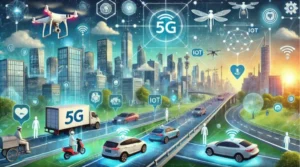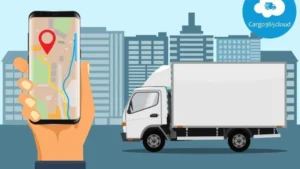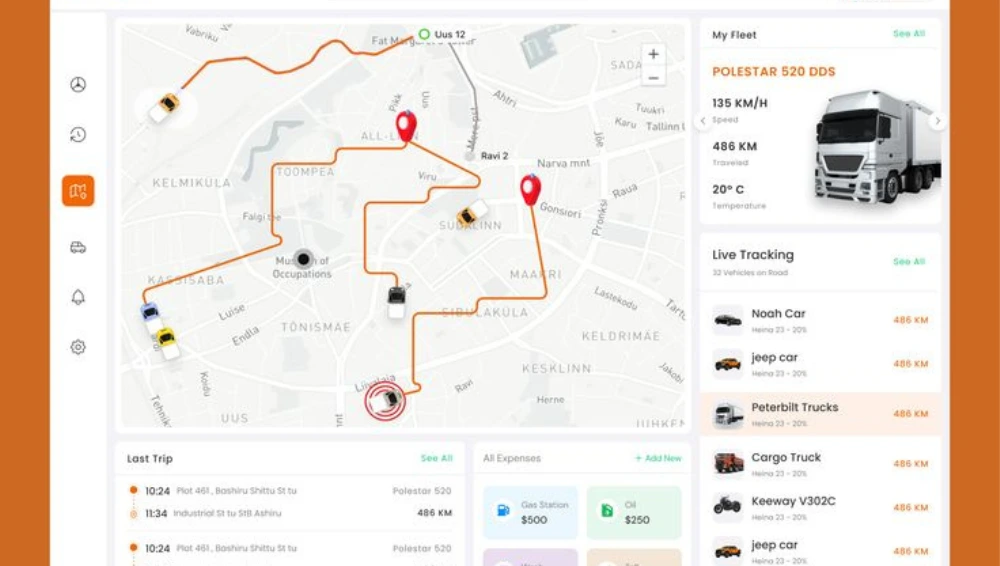Fleet management is undergoing a revolutionary transformation. Thanks to rapid advancements in Commercial Vehicle Technology, fleet operators now have access to tools that improve safety, efficiency, sustainability, and real-time decision-making. As we move deeper into 2025, the landscape of transportation logistics and commercial operations is being reshaped by innovations once thought to be decades away.
In this article, we’ll explore the top Commercial Vehicle Technology trends that are redefining fleet management in 2025. Whether you’re a logistics company, fleet operator, or technology enthusiast, understanding these advancements is critical to staying competitive in this evolving industry.
1. Advanced Telematics Systems
One of the most significant breakthroughs in Commercial Vehicle Technology is the widespread adoption of advanced telematics. These systems collect and transmit real-time data from vehicles to a centralized platform, providing insights into:
- Vehicle location and route optimization
- Driver behavior and performance
- Fuel efficiency and maintenance needs
In 2025, telematics has evolved into a predictive tool. AI-powered platforms now anticipate issues before they happen—like engine failures or unsafe driving patterns—allowing fleet managers to take proactive steps. This not only reduces downtime but also improves safety and operational costs.
2. Electric Commercial Vehicles (ECVs)
Sustainability is no longer optional. Governments around the world are mandating emission reductions, pushing fleet operators to transition toward electric commercial vehicles. As a result, Commercial Vehicle Technology in 2025 is increasingly focused on electrification.
Modern ECVs offer:
- Extended-range batteries (400+ miles per charge)
- Ultra-fast charging infrastructure
- Battery health monitoring systems
- Regenerative braking and energy recovery
Electric trucks and vans are now cost-competitive, and fleet operators are leveraging government subsidies and tax incentives to make the switch. Commercial Vehicle Technology is at the heart of this transformation, enabling smarter power management and route optimization tailored for electric performance.
3. AI-Driven Fleet Management Platforms
Artificial Intelligence is deeply embedded in today’s Commercial Vehicle Technology landscape. AI-driven platforms can now:
- Predict maintenance needs based on historical data
- Optimize routes in real time by analyzing traffic and weather
- Assign jobs based on vehicle capability, driver availability, and urgency
- Reduce fuel consumption through smart acceleration and braking suggestions
By reducing human error and automating repetitive tasks, AI in Commercial Vehicle Technology is revolutionizing how fleets are managed in 2025.
4. Autonomous Driving Capabilities
While fully autonomous trucks are still in the testing phase, semi-autonomous features are already being used in fleet operations. These technologies include:
- Adaptive cruise control
- Lane departure warnings
- Automatic emergency braking
- Platooning (where vehicles follow each other closely to reduce drag)
These features are not only improving road safety but also reducing driver fatigue, an ongoing challenge in the logistics industry. Commercial Vehicle Technology developers are working closely with regulators to create safe frameworks for broader autonomous deployment.
5. Predictive Maintenance Using IoT Sensors

Maintenance delays can cost fleets thousands in downtime. Thanks to IoT and predictive analytics, Commercial Vehicle Technology in 2025 allows fleets to prevent breakdowns before they happen.
Sensors now monitor:
- Engine temperature and oil pressure
- Tire wear and alignment
- Brake system efficiency
- Fuel system anomalies
Data from these sensors is analyzed in real-time to predict issues and schedule timely repairs. This minimizes costly emergency repairs and maximizes vehicle uptime.
6. Smart Dash Cams and In-Cab Monitoring
Video telematics is another area where Commercial Vehicle Technology has made major strides. Today’s dash cams do more than record—they analyze and respond in real time.
- AI-enabled cameras monitor drowsiness, phone usage, and seatbelt compliance.
- Real-time alerts are sent to fleet managers and drivers
- Footage is automatically uploaded to the cloud for analysis and training
In 2025, these systems will also be used to provide driver coaching, reduce liability in accidents, and even lower insurance premiums. Smart monitoring is now a core component of any modern fleet strategy.
7. Blockchain for Supply Chain Transparency
Blockchain is being integrated into Commercial Vehicle Technology to enhance transparency in fleet and cargo management. In 2025, fleets can track cargo in real-time with immutable blockchain records, allowing for:
- Tamper-proof delivery confirmations
- Instant proof of origin for sensitive goods
- Secure payment verification upon successful delivery
- Digital smart contracts for faster processing
This technology increases accountability, reduces paperwork, and helps prevent fraud—all while building trust across supply chains.
8. Fleet Electrification Infrastructure
As electric fleets grow, so does the need for intelligent charging infrastructure. Commercial Vehicle Technology is expanding into energy management with systems that:
- Prioritize charging based on vehicle schedules
- Monitor energy consumption across locations
- Optimize electricity use to reduce utility costs
- Integrate with renewable energy sources like solar panels
These systems are critical for operators running large electric fleets, especially those with time-sensitive logistics. Fleet charging in 2025 is no longer just about plugging in—it’s about efficiency, timing, and grid impact.
9. Over-the-Air (OTA) Software Updates
Gone are the days of taking vehicles off the road for system upgrades. In 2025, Commercial Vehicle Technology includes OTA capabilities that allow fleets to:
- Update vehicle software remotely
- Add new features and compliance settings
- Fix security vulnerabilities instantly
- Customize vehicle behavior per route or job type
OTA updates are increasing operational flexibility and reducing downtime. This innovation mirrors what’s already common in consumer vehicles and is now standard in the commercial space.
10. Enhanced Driver Assistance and Wellbeing Tech

Driver well-being is directly tied to fleet performance. In 2025, Commercial Vehicle Technology includes tools designed to protect and support drivers on the road, such as:
- In-cabin climate and comfort controls
- Real-time stress and fatigue monitoring
- Smart navigation with rest-stop suggestions
- Health-integrated wearables (heart rate, fatigue sensors)
These systems make the job less physically and mentally taxing, helping fleets retain drivers and reduce turnover in a notoriously high-churn industry.
The Integration of All Technologies Under One Platform
Perhaps the most exciting trend in Commercial Vehicle Technology for 2025 is the integration of all systems—telematics, AI, electrification, maintenance, safety, and compliance—into a single, cloud-based fleet management platform.
These integrated solutions offer:
- A holistic view of operations
- Real-time decision-making
- Automated compliance reporting
- Seamless communication between dispatchers and drivers
Fleet managers can now control and monitor hundreds—or thousands—of vehicles with unmatched precision, all from a centralized dashboard.
Challenges Facing Commercial Vehicle Technology Adoption
While the benefits are immense, integrating modern Commercial Vehicle Technology also brings challenges:
- High upfront investment in electric vehicles and charging stations
- Resistance to change from traditional operators
- Data security and privacy risks
- Regulatory uncertainty around automation and AI use
However, most of these challenges are being addressed quickly as ROI becomes clear and government incentives make adoption easier.
Conclusion
In 2025, Commercial Vehicle Technology is more than just an upgrade—it’s a transformation. The convergence of electric mobility, AI, real-time analytics, and autonomous systems is changing how fleets are managed, how goods are delivered, and how drivers experience their work.
Fleet managers who adopt these technologies will experience safer operations, lower costs, increased customer satisfaction, and a competitive edge in a rapidly evolving market.
As the industry continues to innovate, staying informed about the latest trends in commercial vehicle technology is essential. The future is already here—it’s just unevenly distributed. The question is: will your fleet be part of it?








